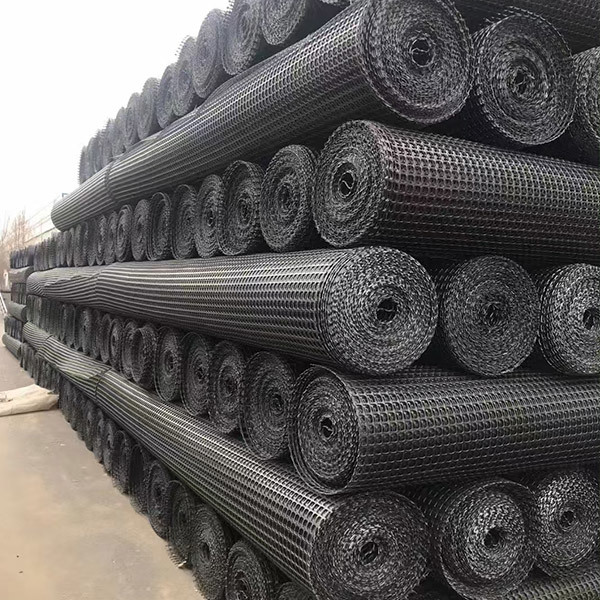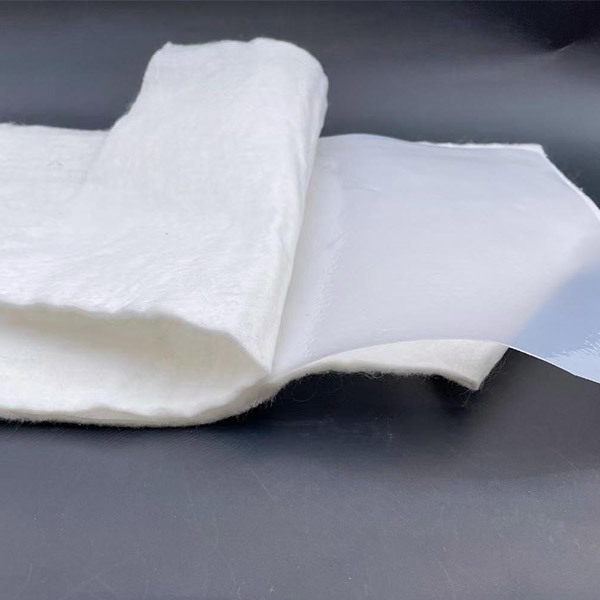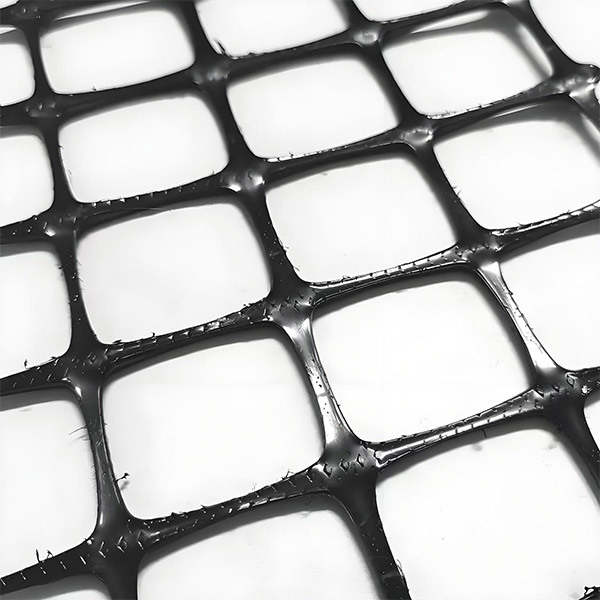China Geocell
Time:
Jun 11,2025
Geocell is a geosynthetic material. It has a three - dimensional cellular structure, usually made of HDPE. Geocell is great for soil stabilization, enhancing load - bearing capacity in roads. It also controls erosion on slopes effectively.
Geocell is a geosynthetic material. It has a three - dimensional cellular structure, usually made of HDPE. Geocell is great for soil stabilization, enhancing load - bearing capacity in roads. It also controls erosion on slopes effectively. Its easy installation and environmental - friendliness make it popular in engineering.
Geocell is an innovative and highly effective geosynthetic material.

Geocells are three - dimensional cellular confinement systems. They are typically made of high - density polyethylene (HDPE) or other durable polymers. One of the most remarkable features of geocell is its ability to provide excellent soil stabilization. When filled with soil, gravel, or other suitable materials, the geocell structure confines and reinforces the fill, preventing lateral movement. This is extremely valuable in various engineering applications, such as road construction. In road bases, geocell can enhance the load - bearing capacity of the soil, reducing the need for thick and expensive pavement layers.
Geocell also plays a significant role in erosion control. On slopes, it can be installed to hold the soil in place. The interconnected cells form a stable matrix that resists the forces of water and wind erosion. This helps to protect the land from degradation and maintain the integrity of slopes in areas such as embankments and hillsides.
Another advantage is its flexibility in installation. Geocell can be easily cut and shaped to fit different project requirements. It can be installed quickly, saving time and labor costs. Additionally, it is environmentally friendly as it reduces the need for excessive use of aggregates and other construction materials.
In summary, geocell is a versatile and efficient solution for soil reinforcement, erosion control, and other geotechnical challenges, making it an indispensable tool in modern civil engineering and environmental protection projects.








